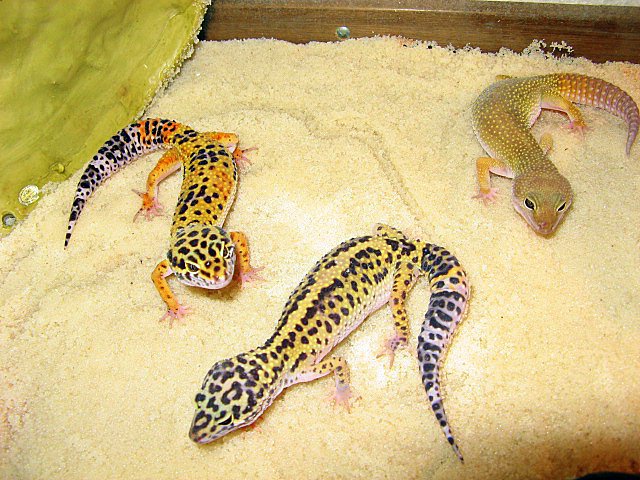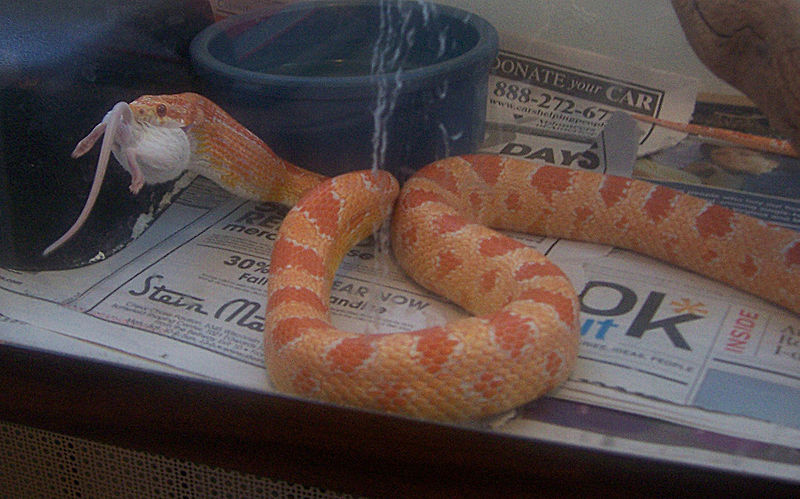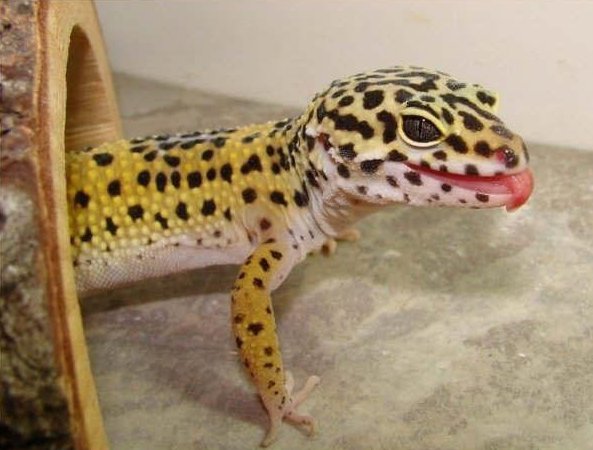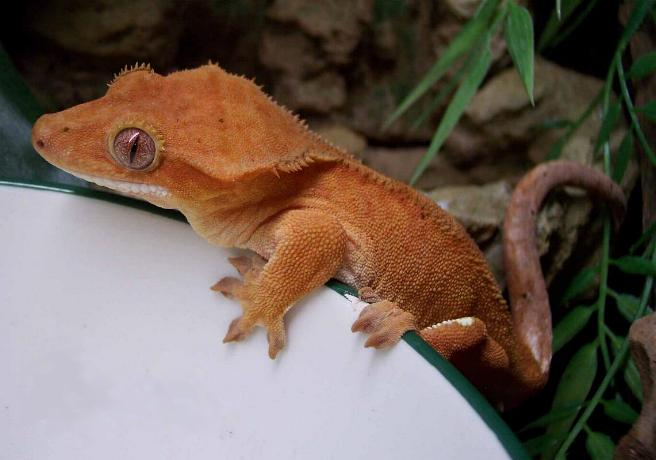While the importance of providing a shelter for pet herps is well-known, the question of where to place the shelter is often not given adequate consideration. In both zoo exhibits and home terrariums, I have noticed that animals sometimes refuse to enter perfectly suitable shelters. Studies carried out at the University of Sydney have recently shed some light on the factors that influence shelter choice in lizards.
Safety vs. Warmth
Writing in the journal Behavioral Ecology (21:72-77), researchers report that Velvet Geckos (Oedura leseurii) avoided shelters that carried the scent of their predators (in this case, Broad-Headed and Small-Eyed Snakes). The geckos refused to enter the shelters despite the fact that they represented the only warm areas within the enclosures, choosing instead to hide in cold shelters. When the cold shelters were also scented, the geckos remained in the open. The experiment was repeated in the geckos’ natural habitat, with the same results.
Practical Applications for Pet Owners
While this behavior might seem to “make sense” to us, I think it is important to bear in mind that hiding from predators and thermo-regulating are key aspects of reptile and amphibian survival. Remaining in the open is very stressful for most species, and may lead to illness and death. Similarly, the failure to maintain the correct body temperature is a direct threat to their survival.
Other Considerations
 While we do not (hopefully!) house our pets with their predators, other factors may be at work. For example, I have found that many animals will remain in a shelter even if the temperature within is too hot or too cold – safety trumping thermo-regulation in these cases.
While we do not (hopefully!) house our pets with their predators, other factors may be at work. For example, I have found that many animals will remain in a shelter even if the temperature within is too hot or too cold – safety trumping thermo-regulation in these cases.
Also, dominant tank-mates may prevent others from using shelters or basking sites, or cause them to remain within shelters for extended periods (thereby affecting feeding and basking behavior). This can occur even in the absence of actual aggression – the mere presence of a dominant animal is often enough to influence the behavior of other animals.
Where highly territorial, visually-oriented animals are concerned, a dominant individual can cause stress just by being within the view of another animal, even if housed in a different terrarium. I have observed this to occur among both chameleons and monitor lizards.
Further Reading
Turtles need shelters other than their shells! Please see my article on Turtle Shelters.
Please see this Herpetologica article abstract for information on other factors that influence shelter choice.
Thanks, until next time,
Frank Indiviglio
Lesueur’s Velvet Geko from Sydney image referenced from wikipedia and originally posted by Hexasoft
 At some point, lizard keepers usually think about breeding their favorite species. The ever-popular Leopard Gecko, Eublepharis macularius, is an excellent choice for both novice and advanced hobbyists. It is a reliable breeder, yet the conditions that must be established if one is to succeed are similar to those required by many other species; a beneficial learning process is thus ensured. Experienced breeders have developed a huge array of color and pattern morphs, and many enjoy “tinkering” with the genetics of these in order to create unique new gecko strains.
At some point, lizard keepers usually think about breeding their favorite species. The ever-popular Leopard Gecko, Eublepharis macularius, is an excellent choice for both novice and advanced hobbyists. It is a reliable breeder, yet the conditions that must be established if one is to succeed are similar to those required by many other species; a beneficial learning process is thus ensured. Experienced breeders have developed a huge array of color and pattern morphs, and many enjoy “tinkering” with the genetics of these in order to create unique new gecko strains. That Reptile Blog – Reptile, Amphibian and Exotic Pet Care and Information
That Reptile Blog – Reptile, Amphibian and Exotic Pet Care and Information




